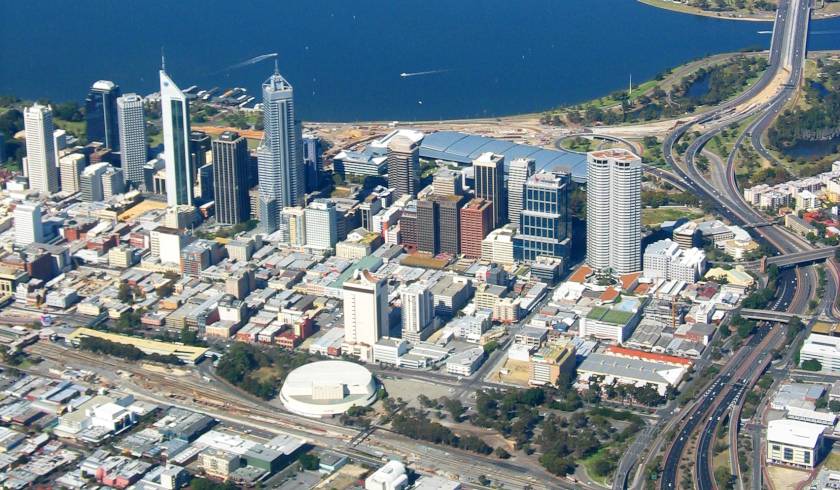Perth recovery takes COVID-19 hit
While signs were pointing to the start of a housing market recovery for Perth earlier this year, the knock-on effects of COVID-19 have impacted the west coast city, according to a leading researcher.

CoreLogic’s head of research Australia, Eliza Owen, has released new findings from her look into the “interrupted upswing in Perth”.
“The start of the Perth dwelling market recovery comes at an unfortunate time. In early 2020, the Perth dwelling market had four consecutive months of dwelling value increases, which is the longest stretch of capital growth since 2014,” Ms Owen said.
“The Perth dwelling market has a long road to recovery. By the end of April, the house market in Perth was -19.1 per cent below its peak value at June 2014. Unit values have taken a larger hit, down -26.9 per cent below the record high at July 2013.”
Ms Owen said prior to the pandemic, most indicators for Western Australia were moving into an upswing.
“Unemployment had fallen from 6.9 per cent to 5.2 per cent, jobs growth was trending higher, population growth had bounced back to the highest level since 2014, housing supply was contained, and state final demand crept above the decade average,” she explained.
“But instead of momentum continuing from the trend seen at the start of the year, the onset of COVID-19 places it at the cusp of another downswing.
“According to the 28-day rolling change in the daily hedonic index, Perth dwelling values have started to fall again. However, value falls have been mild at -0.2 per cent. So far, Melbourne has seen the largest decline in property values in the wake of COVID-19, but even in Melbourne the change is less than 1 per cent.”
Payroll data
During her research, Ms Owen drew to weekly payroll data provided by the ABS. The data provides an early preview of labour force conditions and shows job losses across Western Australia have been slightly less severe than that across the rest of the country.
“The decline in payroll jobs across the state was 5.8 per cent between 14 March and 2 May, as opposed to 7.3 per cent Australia-wide,” Ms Owen commented.
“Perth has less exposure to industry sectors that have been heavily impacted by COVID-19, with 8.6 per cent of the local workforce employed with the accommodation and food services and arts and recreation services sectors, compared with 9.1 per cent nationally.”
Consumer sentiment
Despite heightened economic uncertainty, Ms Owen said consumer sentiment levels have been improving.
“This is in line with a flattening of the curve and relaxation in social distancing policies, especially those specific to housing, new listing numbers are trending higher from their record lows,” she said.
“Importantly, total listing numbers haven’t trended higher and are at the lowest level in 10 years for this time of the year. The trend towards a rise in new listings and consistently low total listings implies newly listed stock is being absorbed quickly by the market.
“As of late May, total listings were down 34.7 per cent on where they were at the equivalent period in 2019. Total listings across Perth counted in the 28 days to May 24 were just 13,962. Though this is a continued headwind to the real estate sector, it may be preserving stability in dwelling values.”
